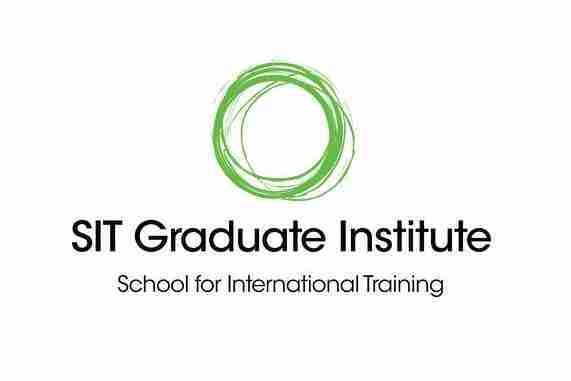
For graduate students with varying educational backgrounds and experience in economics, Core Economics website’s empirically-driven structure provided a unifying foundation for study and debate
Type of institution: University
Location: Brattleboro, Vermont, US
Course: Sustainable International and Community Development (Masters)
Department: Economics
Number of students: 16
At the School for International Training Graduate Institute, Masters students can enrol on a course for Sustainable International and Community Development. They need the tools to introduce, discuss, and apply economic concepts in professional situations in the workplace after they graduate.
Core Economics website faced three main obstacles at this International school. In the first place, its recipients: a diverse cohort from across the world, with no socio-political common ground. Then, the varying demands of the students: whether it was financial crises or economic structures of thinking, each had their own specific requirements. Finally, the class size: an elite group of just 16, with the Core Economics website material used for a more collaborative form of learning.
This evolving curriculum is one they can return to in support of their work in the years to come.
Dr Teresa Healy, who teaches the course, explains how Core Economics website helped introduce economic thinking. She wanted to create a course that centred on discussion:
‘I invite students to a language-rich exploration of economics where words are the preferred means of dealing with economic models,’ she says.
First, there are the practical challenges of creating a common body of knowledge. Dr Healy explains:
‘Coming from different countries, social identities and academic backgrounds, the students shared a common desire to explore solutions to economic problems. What they did not share, was a common background in economics. Two students had Bachelor’s degrees in economics, but five had no economics background at all – the remainder fell somewhere along this spectrum.’
The real-world examples that introduce each unit of the course meant that everyone could find an initial understanding of the topic, whatever their educational background. The online platform allowed them to dip in and out of resources as much or as little as they needed to fill in their economic knowledge. Those who had not studied economics formally liked the additional sources that Core Economics website publishes, with clickable links to papers, web sites, blogs and podcasts. Those with degrees in the subject reported a refreshing change from the economics they had learned before, so they were not just repeating old material.
But given the disparity between the students’ knowledge of economics, how did Core Economics website material fit into lectures?
Dr Healy asked her students to be ‘both teachers and learners.’ The flexibility of the Core Economics website material meant that they could be.
‘In my first class, I taught Bell Hook’s vision of ‘Education as the Practise of Freedom’,’ she explains, ‘part of which believes that learning is a process which empowers both teachers and students. So, to put meat on these bones, I invited more experienced students to become TAs. Later in the course, I would take a broad topic for the week – for example, fiscal policy – and present it by discussing a policy area with which I was very familiar, for example, public childcare campaigns.’
Lectures and tutorials became collaborative. Discussion and debate bridged the gap between the novices and the experts. This suited a class size of just 16 people, and Core Economics website’s lecture material worked just as well when the cohort was broken into smaller discussion groups.
Dr Healy also did not want lectures to become mathematics classes. The figures and models were useful aids to discussion. She would have preferred closer links to the mathematics, for those who wanted to increase their knowledge, which Core Economics website is working to create.
The third requirement that Core Economics website needed to meet was providing for each student’s individual interests. Dr Healy had promised all her students the opportunity to become ‘self-confident social justice advocates’ and ‘effective communicators of economic ideas’. But this is easier said than done, she admits.
Some wanted schooling in the recent economic crises, austerity, and development, others in economic systems and sustainable futures. Some wanted to be able to critique the neoliberal economic system and its effect on citizens. Core Economics website’s economics met those needs, and Dr Healy says she feels confident that her graduates have the economic framework they will need – not least because, as a free, open-access course, they can re-read the material any time they want in the future. ‘This evolving curriculum is one they can return to in support of their work in the years to come,’ she adds.


